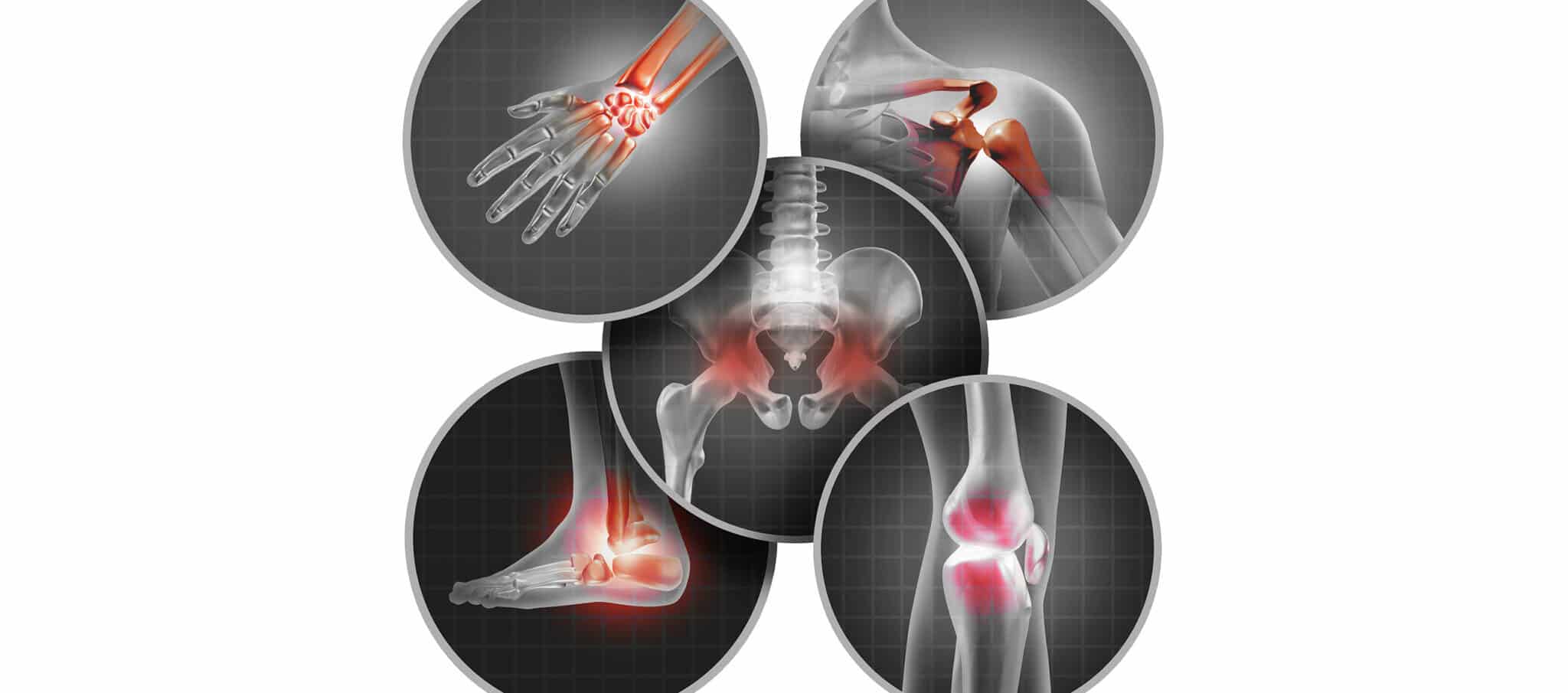There is no one better than a sports doctor to treat your sports-related injuries and to guide you in your physical activities! Here’s why!
By Doctor Stéphane CASCUA, M.D., sports doctor
After qualifying as a GP, your sports doctor specialized in sports medicine and obtained a “graduate certificate in sports medicine”. He knows that the “medical fitness examination” is not just an administrative formality. He carries out a rigorous examination adapted to each sport and he will give you sound advice so you can make the most of the beneficial effects of sport whilst reducing the risks.
He often holds several university diplomas such as “Sports Nutrition” or “Sports traumatology”. Whilst studying for the latter, he learned to diagnose and treat injuries he did not even know existed!
Your injury is specific!
Numerous lesions are exclusively sports-related and your sports doctor knows how to recognize and treat them. For example, your knee hurts after running for 15 kilometers, which means you won’t be able to run the marathon that is so important to you! As this injury only occurs when running, often only specialist therapists recognize it.
Your sports doctor carries out a scheduled, systematic examination. The procedure aims to establish different diagnostic hypotheses. However, in this context, it is often a “facia lata bursitis” and not just common tendinitis or “getting old”. In addition, anti-inflammatories do not work and the treatment is not to rest! Your doctor knows the right therapy and can advise you on how to maintain your physical condition! Do not cross this marathon off your agenda!
Rest: a bad word!
It is customary to say to an athlete, “you just have to rest”, yet you are pleased to hear, “No point in stopping sport. I am going to devise a programme adapted to your injury. You will stay fit and keep your spirits up. The right movement is not just allowed, it will help you get better!”
For example, Achilles tendonitis corresponds to the presence of a fibrous magma in the cord connecting the calf muscle to the heel. To reshape this scar and realign the tissue along the axis of the forces, it is good to cycle or use a cross trainer. You can even run if the pain disappears after 5 or 10 minutes of warming up. The initial sensations are linked to the rupture of anarchic and deleterious micro adhesions formed at rest…
As long as the pain does not return during or after the effort, your jogging will not damage your tendon. On the contrary, it will contribute to its “mechanization” and its healing!
Novel treatments!
You often hear… and are even convinced that “you must respect your pain”. You think you should avoid any activity that causes pain. This is not always true! On the contrary, sports doctors know how to manage these therapeutic subtleties.
For example, after straining a muscle in the back of the thigh, the fibrous scar acts as a rigid, fragile link in an elastic chain. A sudden strain such as during a sprint can cause a relapse. You need to massage the scar vigorously to restore suppleness. We talk of DFM or “Deep Friction Massage”. It hurts! That’s normal! American scientists say, “No pain, No gain”. For the sports doctor and his hurdling patient, there is no pretense. To avoid any new muscle damage, it is no use telling the hurdler not to bend their leg! It is essential for the muscle to readapt to this strain; it needs to be stretched and it needs to learn what it is like to be torn in order to slow the movement. It is essential to resume the traumatic movement gradually.
The sports doctor will progressively guide his patient on the road to recovery.
Optimized recovery time
Injured, you are worried that you will not be able to do any sport for weeks. Your sports doctor limits the amount of time you are unavailable… without taking any risks with your health. Quite the contrary, he understands your passion and your “withdrawal syndrome”. He tries to be available to consult you and if necessary, he will rapidly organize any complementary examinations.
You’ve got it; the novel therapeutic strategies channel the repair of the damaged tissues and accelerate the formation of a solid, flexible scar. Finally, he will give you the right advice to keep fit. He will advise you on a progressive keep-fit program that is compatible with your injury. Muscle-development, swimming, cycling, cardio-training followed by running are progressively possible and even help the mechanization of your scar.
Once recovered, still fit, you will rapidly return to your previous level and competition.
Relieved by technical advice
Your sports doctor knows about sport and is often an athlete. He knows that some technical errors or the wrong equipment can cause injuries. We talk of “technopathy”.
For example, to eradicate your knee pain when cycling, he keenly suggests you change the height of your saddle or the position of the pedals. To beat your shoulder tendonitis, he proposes changing your grip, the size of your grip or the string tension! For that, you must know and love the sport!
The risks and benefits of sport: finding the right balance
Sport is good for your health as the strain helps your body learn to adapt and promotes its upkeep. However, when poorly paced or imposed on sick organs, this stimulation becomes an aggression and results in damage!
For example, in the case of high blood pressure, endurance sport contributes to the treatment by slowing the heart at rest and relaxing the vessels. Inversely, intense activities, which require holding your breath or a static position, crush the vessels and accelerate the heart rate; they promote high blood pressure.
You can expect the best and the worst with sport; for your health, your sports doctor will give you the best approach.

